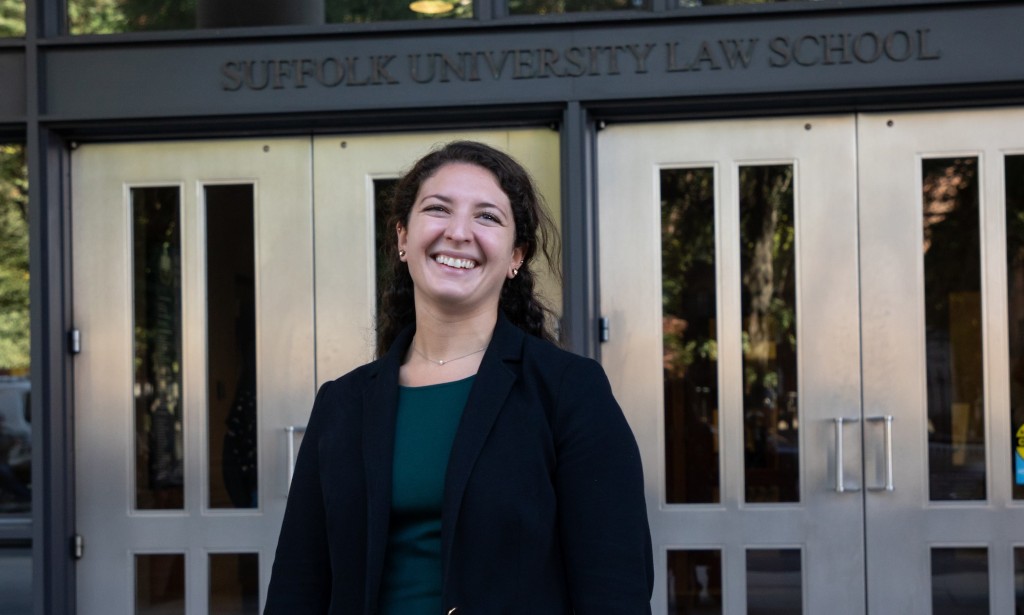
By Nicole Siino
During my final year at Suffolk Law, I built an app to help juvenile defense attorneys better represent teenagers and in some cases help those teenagers from having criminal charges on their records. Along the way, I learned a lot about the juvenile justice system and coding, as well as helping me shape my career in the legal technology field.
This project started when I was selected as a Legal Innovation & Technology (LIT) Fellow within Suffolk Law’s Juvenile Defender Clinic. LIT Fellows represent real clients in real cases like all other clinic students, but we have fewer cases so we can also create a process improvement or technology project to advance the clinic in some way. I had no technology or coding experience so the thought of creating a tool to improve the clinic was extremely daunting. At the same time as the LIT fellowship, I enrolled in two legal tech classes: Lawyering in the Age of Smart Machines and 21st Century Lawyer. It was through those classes I learned how to innovatively approach a problem plaguing the legal industry and come up with a solution.
The first step was to dive deep into the Juvenile Defenders Clinic. I spoke with my clinic supervisors and clinic colleagues and figured out a reoccurring problem within the juvenile court system. When attorneys were tasked with finding informal diversion programs for clients, there was no master list of programs to choose from. The attorneys would have to contact social workers to see if they knew of any resources or they would have to research and find a program themselves. More often than not, clients’ participation in these programs determined whether their case would be dismissed prior to arraignment. It was crucial that the attorney moved quickly so that the charges did not go on their client’s criminal record. I thought if I could create a tool that held all the programs and resources for juveniles then it would cut down on attorneys’ research time.
Based on the problem I found, I decided to create a website application that houses a comprehensive list of juvenile resources in and around the Boston area so that attorneys could quickly find programs on their phone in court or on a computer at their office. I spent all of my 3L year learning how to code a website from scratch and inputting juvenile resources into an Airtable, which is a cloud-based spreadsheet-slash-database tool. I then linked the Airtable data to HTML code. I relied heavily on my clinic colleagues for lists of resources and for Suffolk Law’s legal tech faculty to learn to code.
Over the course of my third year, the app came to life. I shared the app with other clinic students, my supervisors and even attorneys I had met at juvenile court. With all the feedback, I revised and edited the app and the database and it’s now called Resource Finder. I’ve continued to expand the scope after I graduated and was selected for the American Bar Association Center for Innovation’s NextGen Fellowship. The app now includes juvenile resources throughout Massachusetts and adult criminal justice resources. I have asked legal aid organizations across Massachusetts to contribute lists of resources in their area to the apps’ master list.
The skills I learned in building this project, and at Suffolk Law, have helped me shape my career in the legal technology field. Suffolk will continue to teach newer generations of lawyers how to approach problems and solutions differently, and I’m honored to help pave the way.
Nicole Siino JD’18 was an American Bar Association NextGen Fellow and a student attorney in the Suffolk Law Juvenile Defenders Clinic. She also was a volunteer tester for Suffolk’s Housing Discrimination Testing Program and a member of the Women in Law Association. She’s currently a consultant at Fireman & Company.

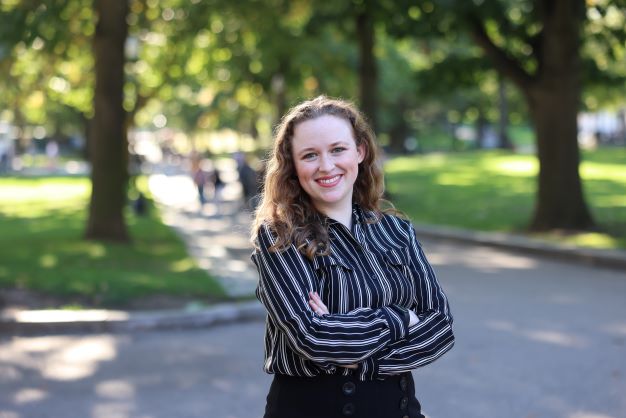
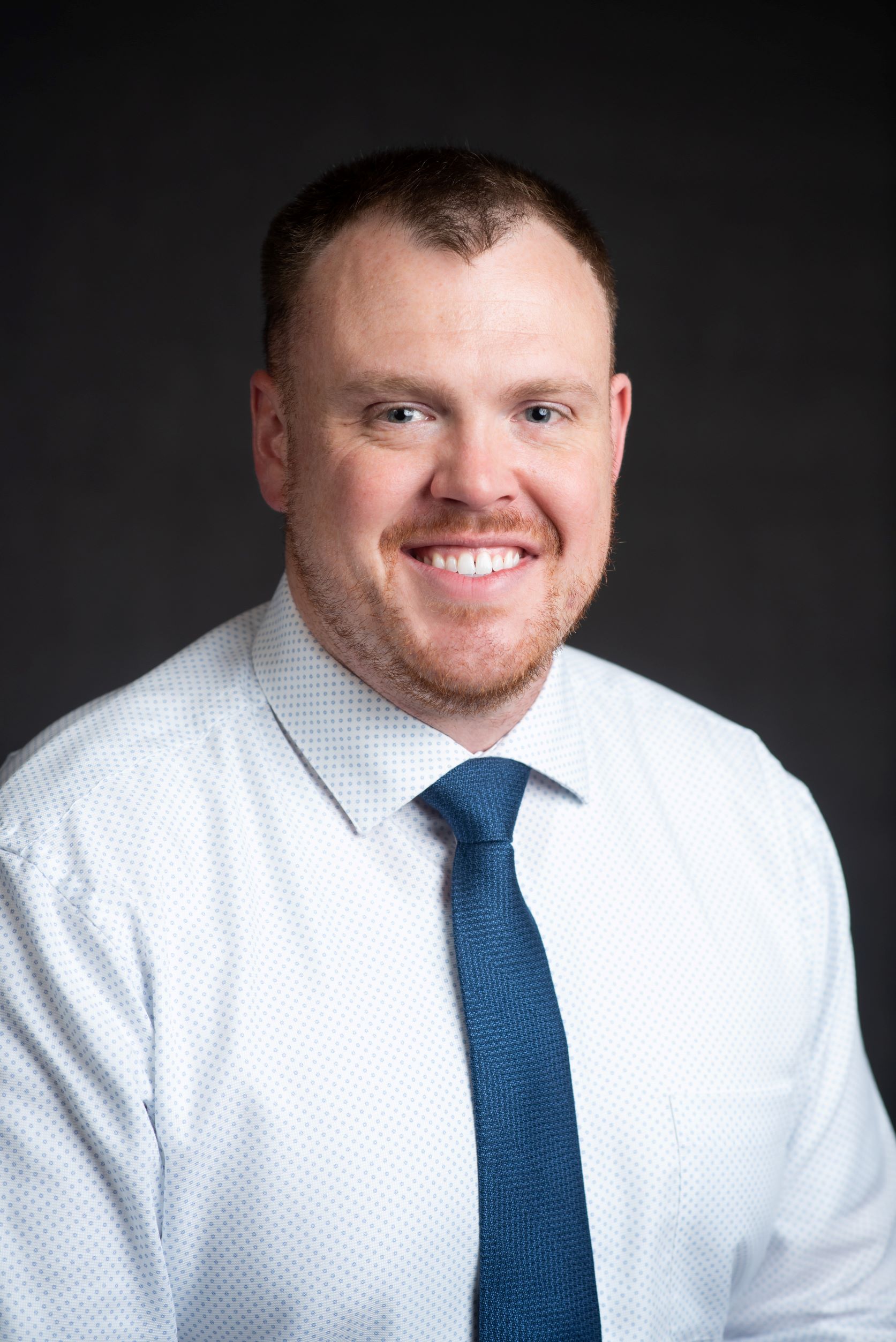
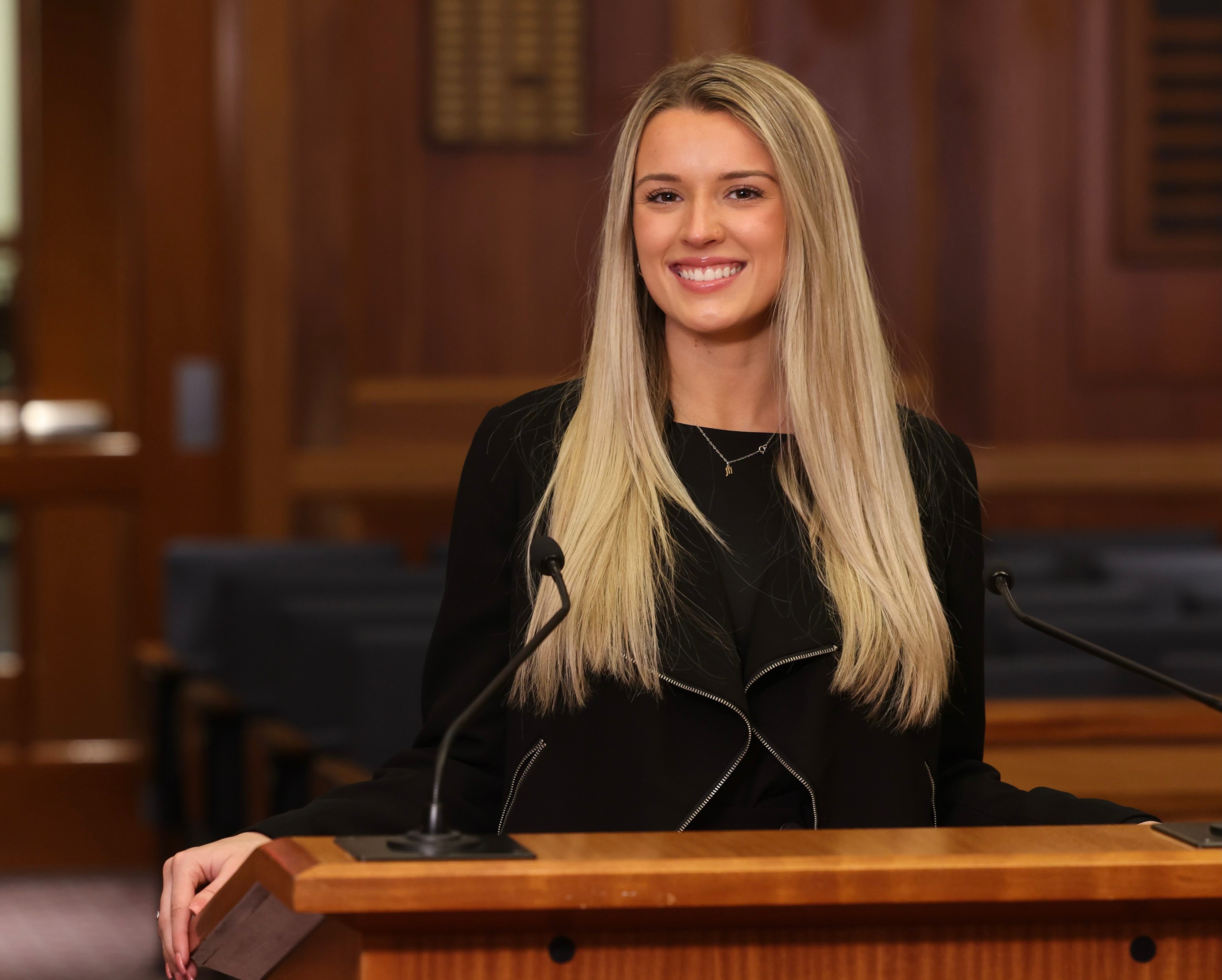
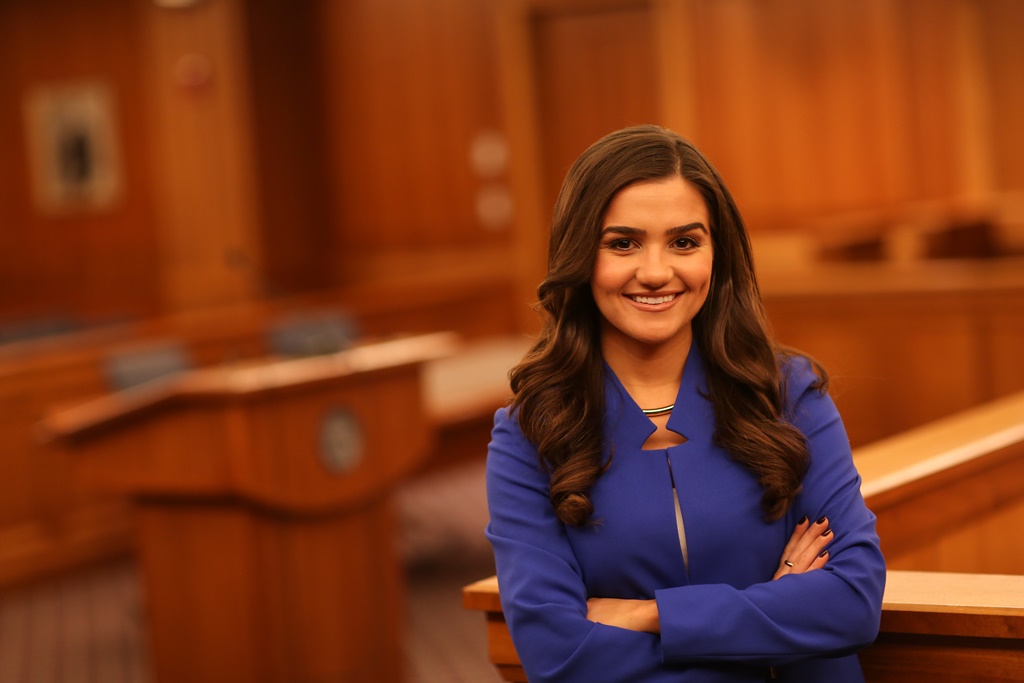







Follow Us